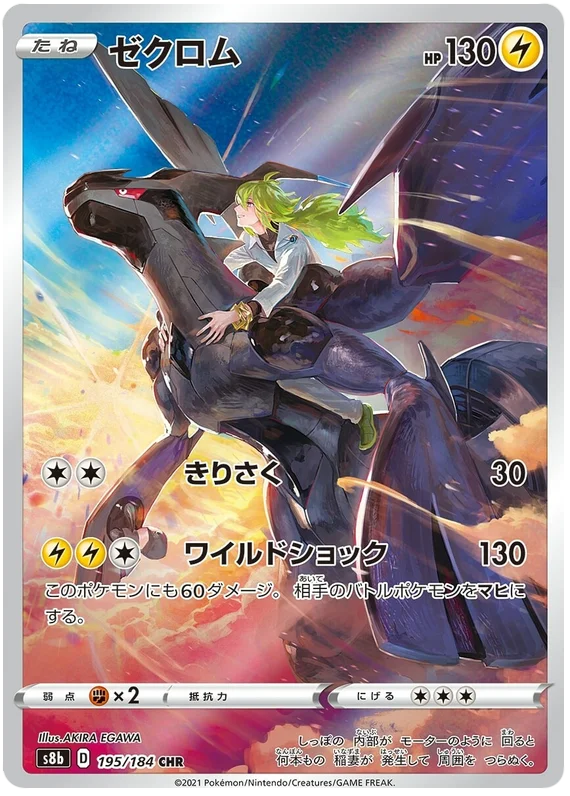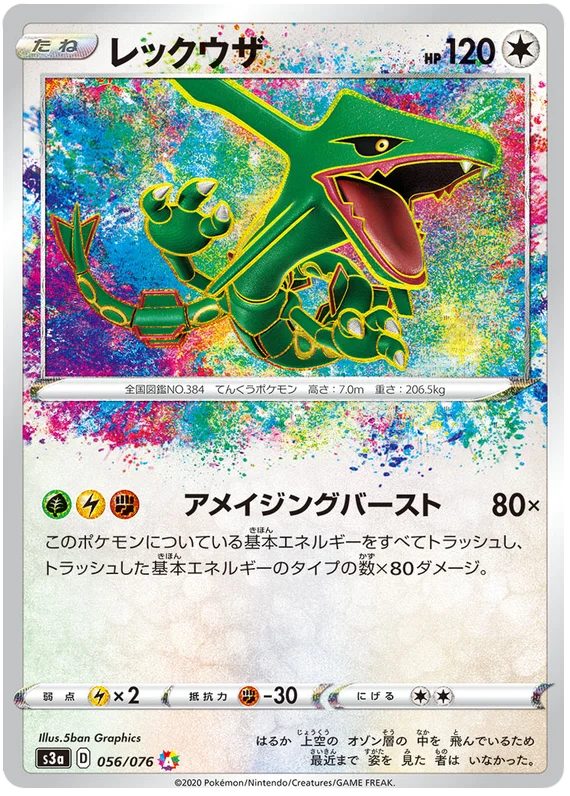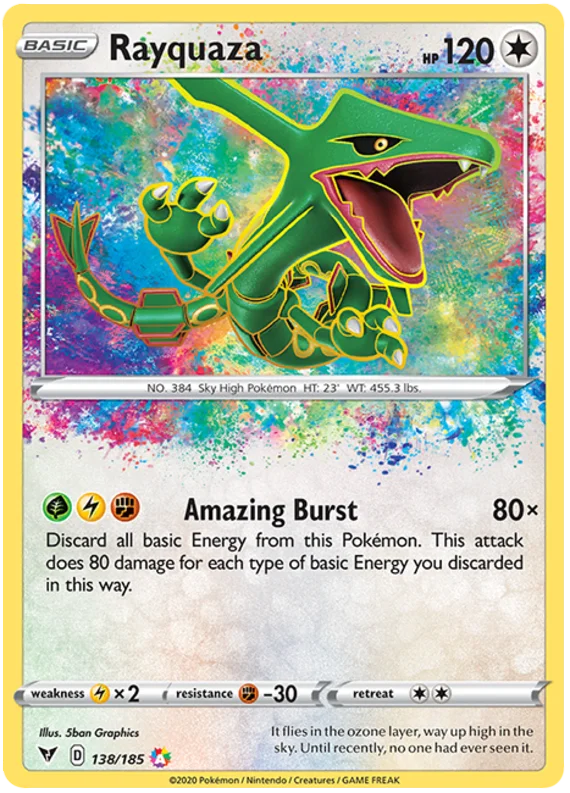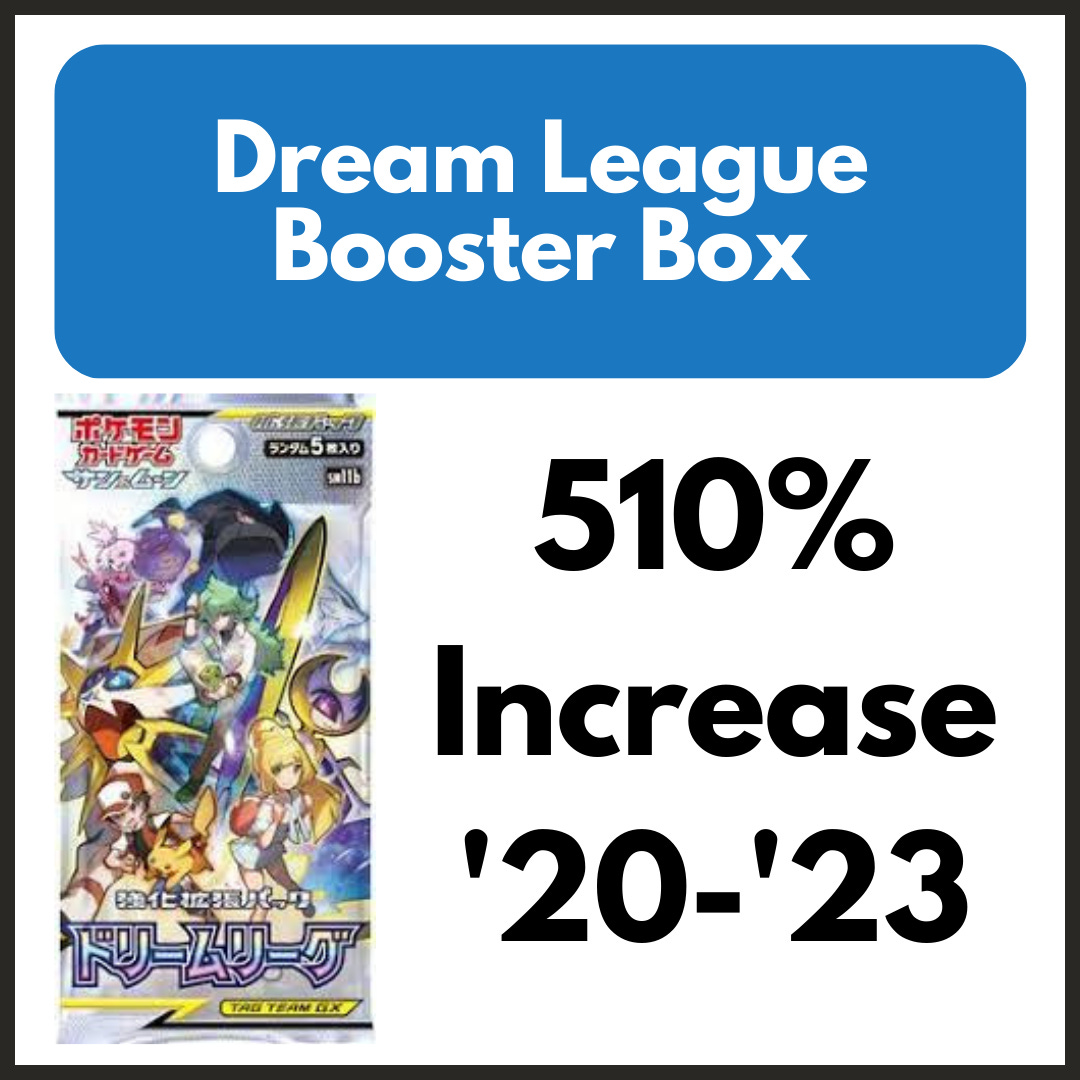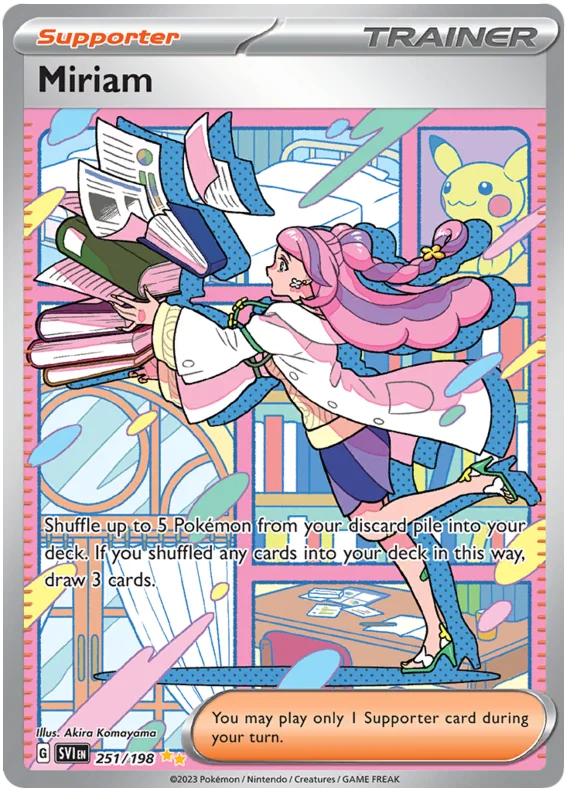How the new English TCG borders will impact the Pokémon market
A deeper look into how the new English TCG silver borders might change things in the international pokemon market.
A new era for the English Pokémon Trading Card Game (TCG) has arrived with the release of Scarlet & Violet TCG. Not only are there completely new pokémon, rarities and artworks; the biggest change comes to the card borders. For the first time ever, the English TCG will have grey borders, just like the Japanese side have had for years. If you have no idea what I’m talking about or you haven’t seen them, heres an image below of what the changes look like.
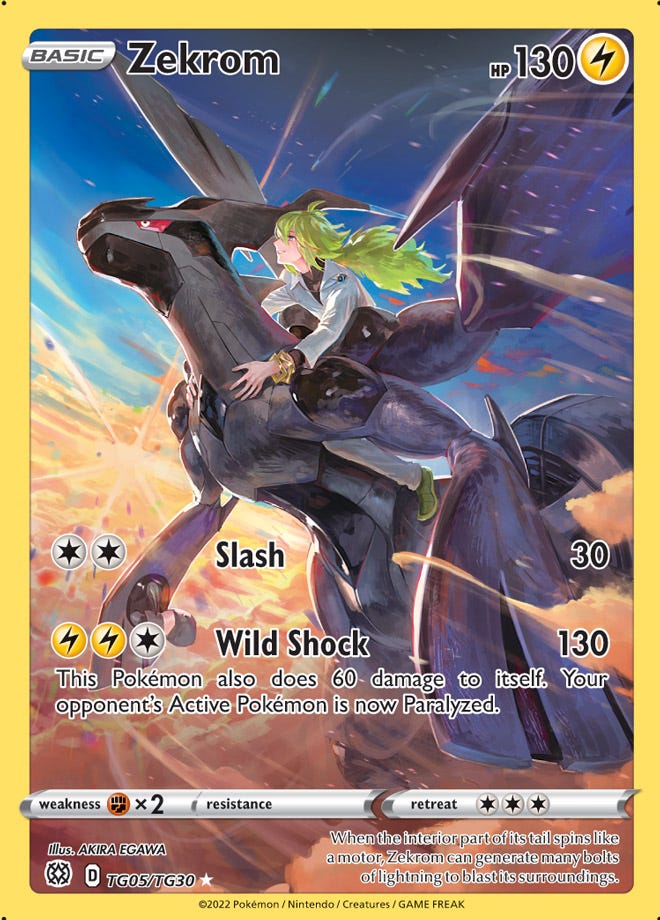
You’re probably wondering, why is this a big deal? Well in my opinion, theres 2 big ways this could impact the current pokémon market:
Demand for Japanese products might drop internationally
For the longest time getting Japanese product was hard, and most people in America, the UK or Australia stuck with english cards, especially if you were a kid (I personally didn’t own a Japanese card until 2020.) However, in the last decade the Japanese TCG has slowly gained popularity from international collectors. This was mainly driven by the superior print quality and texture on Japanese cards alongside more appealing grey borders. The cards simply looked better and are released a few months earlier too. I mean look at these 2 amazing rare Rayquaza’s, the finesse and attention to detail makes collecting Japanese cards more compelling.
This, the increased demand for collectibles during the pandemic and lack of supply on the English side created the perfect storm for a huge spike in Japanese booster box prices. Not only was domestic demand in Japan high, but now there is significant international demand as well. Dream League is a fantastic example of this, which I was buying for £50 in 2020, and is now selling for upwards of £300.
The recent Scarlet & Violet sets in Japan have blown up as well, with fantastic new artworks and desirable ‘waifu’ cards, with boxes of the new triple beat around £90-100 on release. Japanese resellers have realised the potential in this. Why sell boxes locally for £40 when they can sell boatloads in one go, internationally for double that price?
We might finally have a solution. With english cards now looking very similar to the Japanese, surely people will just collect what is most easily available to them? I personally refuse to pay these extortionate prices for Japanese product, and am already looking to buy the new sets in English. But do the english cards look as good? From what I’ve seen online, the print quality seems to be pretty great and closer to the level we’ve seen from Japan in the last decade. If this is the case, then the gap in artwork and print quality has been bridged which makes it a more level playing field. Unless you are attached to owning Japanese products, with Japanese text, it makes more financial sense to collect English. One of the big chase cards, Miriam Alt Art is over £500 in Japanese but less than £75 in English. If you’re a fan of this card, and have much easier access to English cards it makes more logical sense to just buy this and save over £400 to spend on something else! For those that still want to collect Japanese, let’s just hope that this change reduces demand and allows prices to settle down. If you do want to buy some of these chase cards in Japanese, I would hold out. I’m speculating that prices might dip soon.
Changes in demand for the older eras of english
I’ve spent the last few paragraphs explaining why the grey borders are so good, and how they look on par with the Japanese, but counterintuitively this might make the yellow bordered cards more desirable. It’s possible that looking back in a few years we might see the yellow borders as almost nostalgic, the same way we see vintage now. Too often we have seen that specific cards, or art types are often hated when produced and then we look back a decade later and are like “wait a minute those were actually really cool.” One of the best examples of this is the Black & White era, which had the first ever Full art pokémon and Trainer cards. These really did not catch on at the time, but are extremely sought after now for their unique artwork. Of course, theres more at play here, since demand was at an all time low then and not much was printed. Nevertheless, this change might mean we look back more fondly on the yellow borders, and see a slow uptick in prices for some of the rarer cards. Furthermore, these shiny new cards make the true vintage (ex era and earlier) look REALLY vintage. Perhaps that makes them feel more desirable to some…
Overall, now that the english cards are so similar to their Japanese counterparts, that may make people revert to buying english product locally, rather than import it from Japan and pay a premium. If this does play out, the demand for Japanese cards (internationally at least) would drop significantly, which might finally bring back pre-pandemic prices of £40 a booster box! Not only that, let’s hope that some of the crazy high prices we are currently seeing for chase cards come down. Lastly, what difference could this make on the history of the english TCG? Will newer generations of kids now see all prior eras as vintage, now nicely indicated by their old (and in my opinion) tacky yellow borders? Only time will tell…





